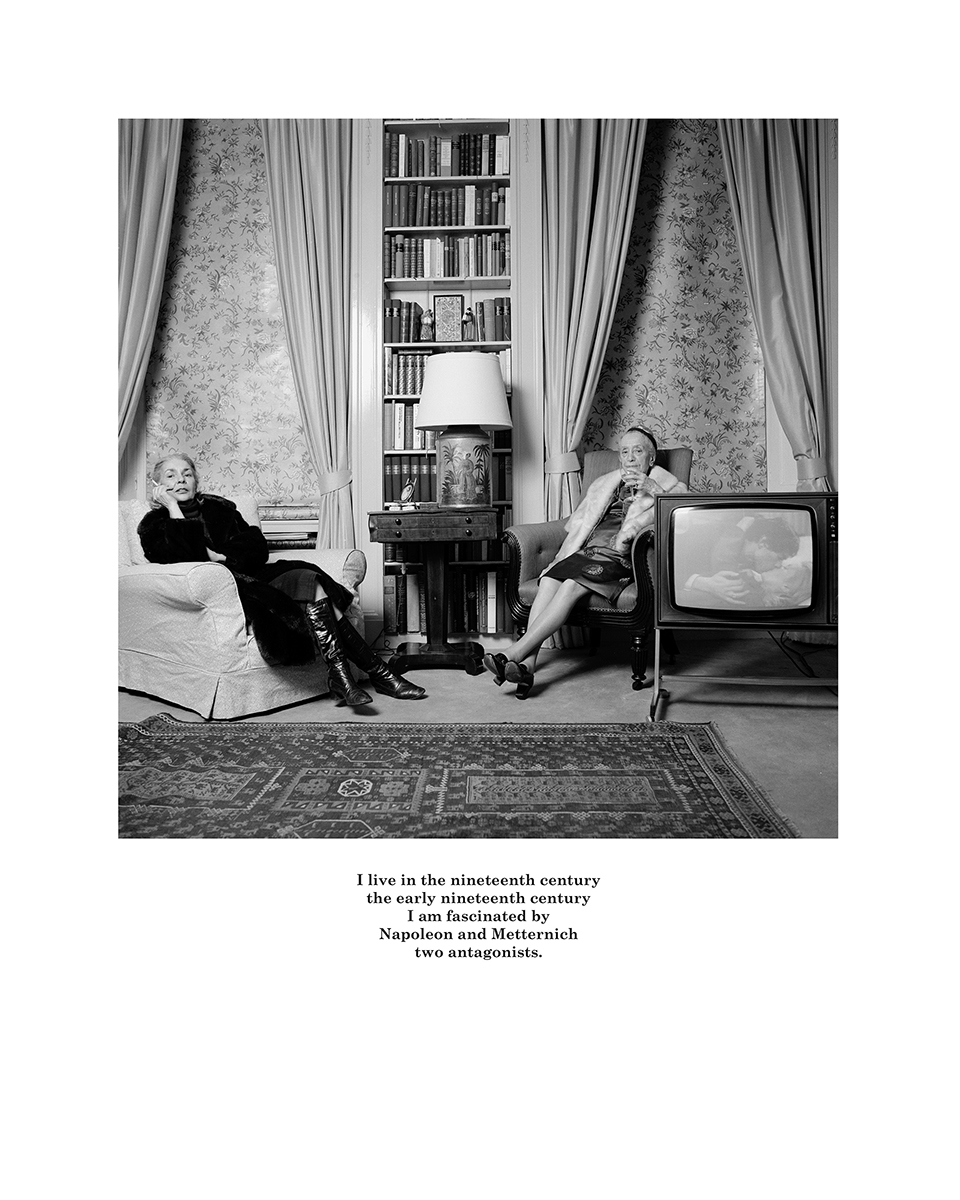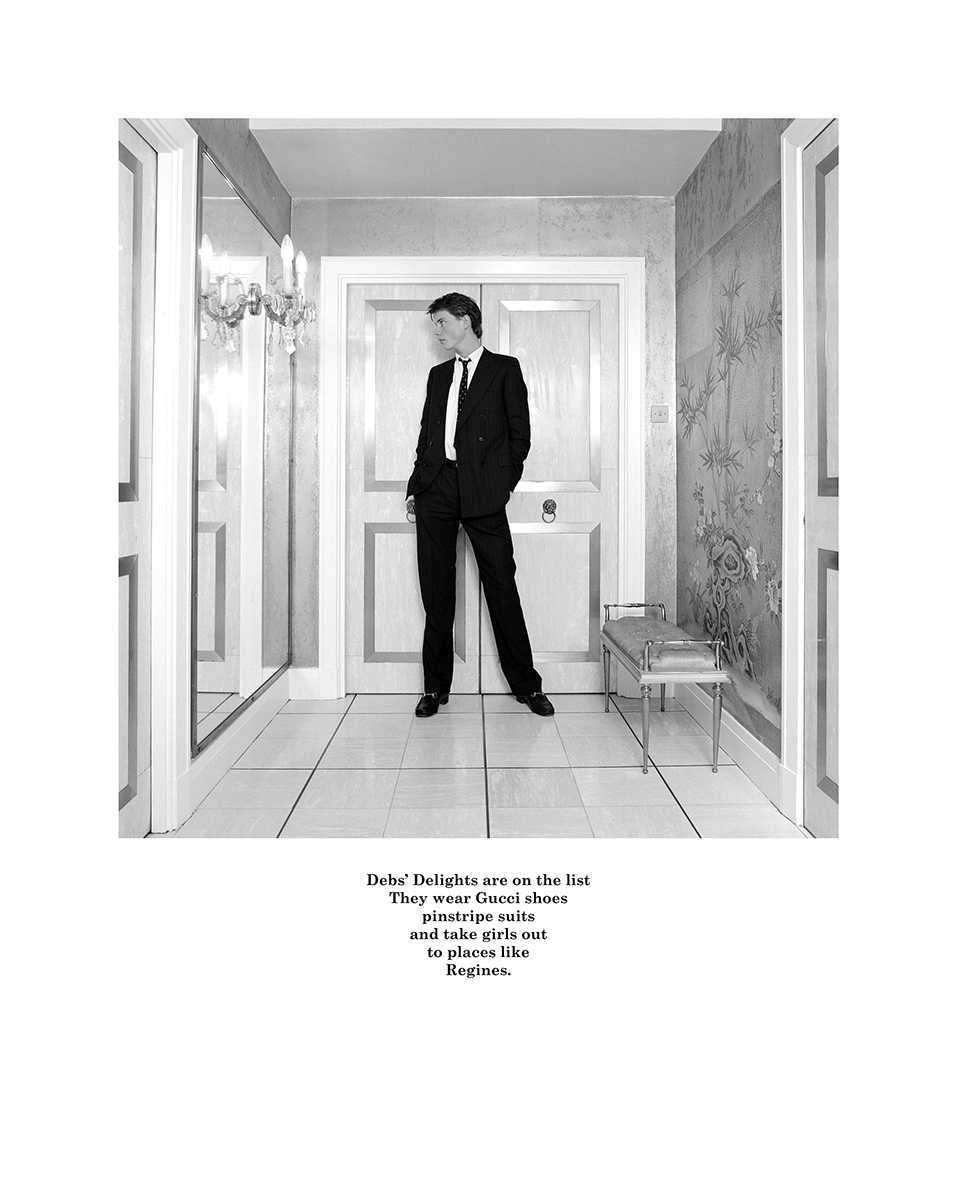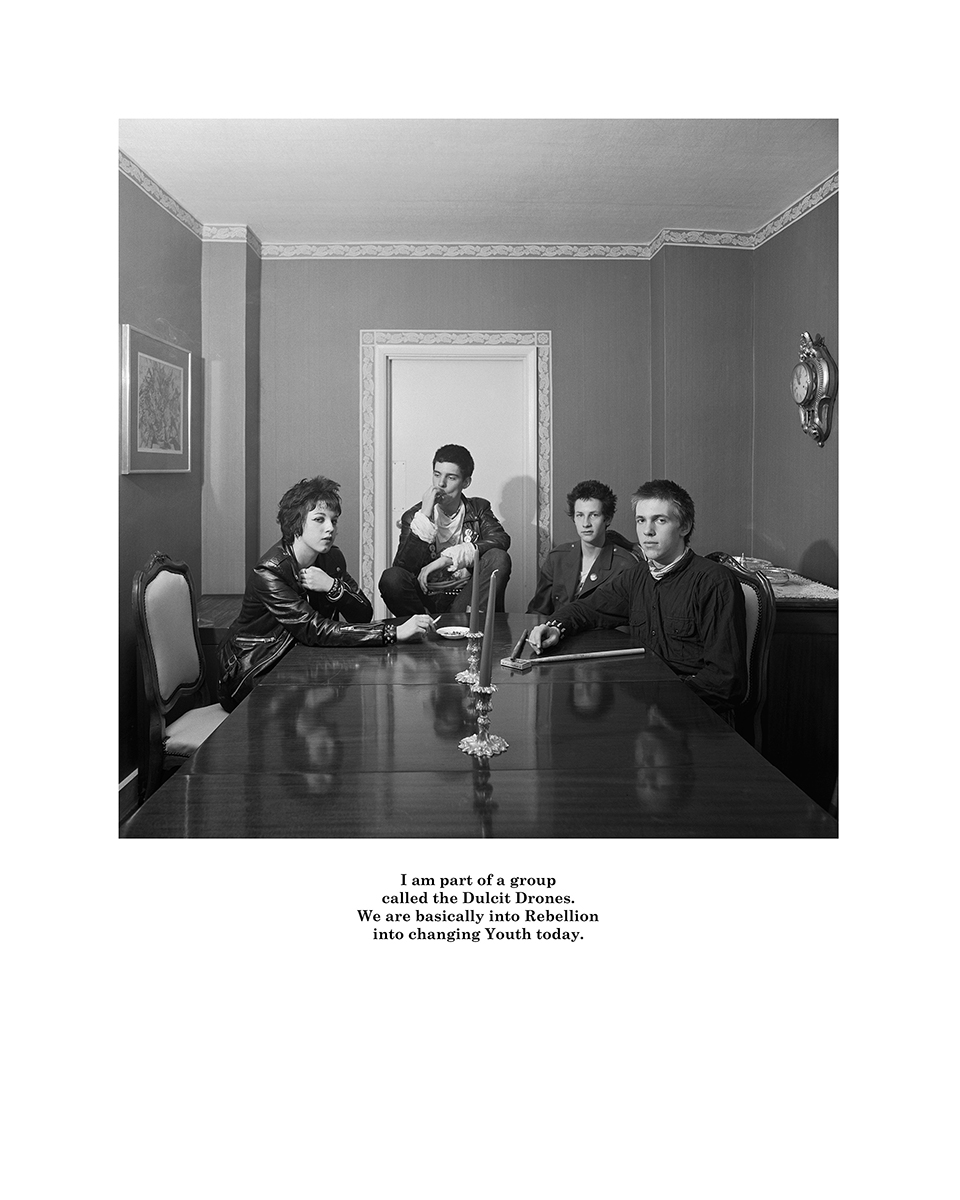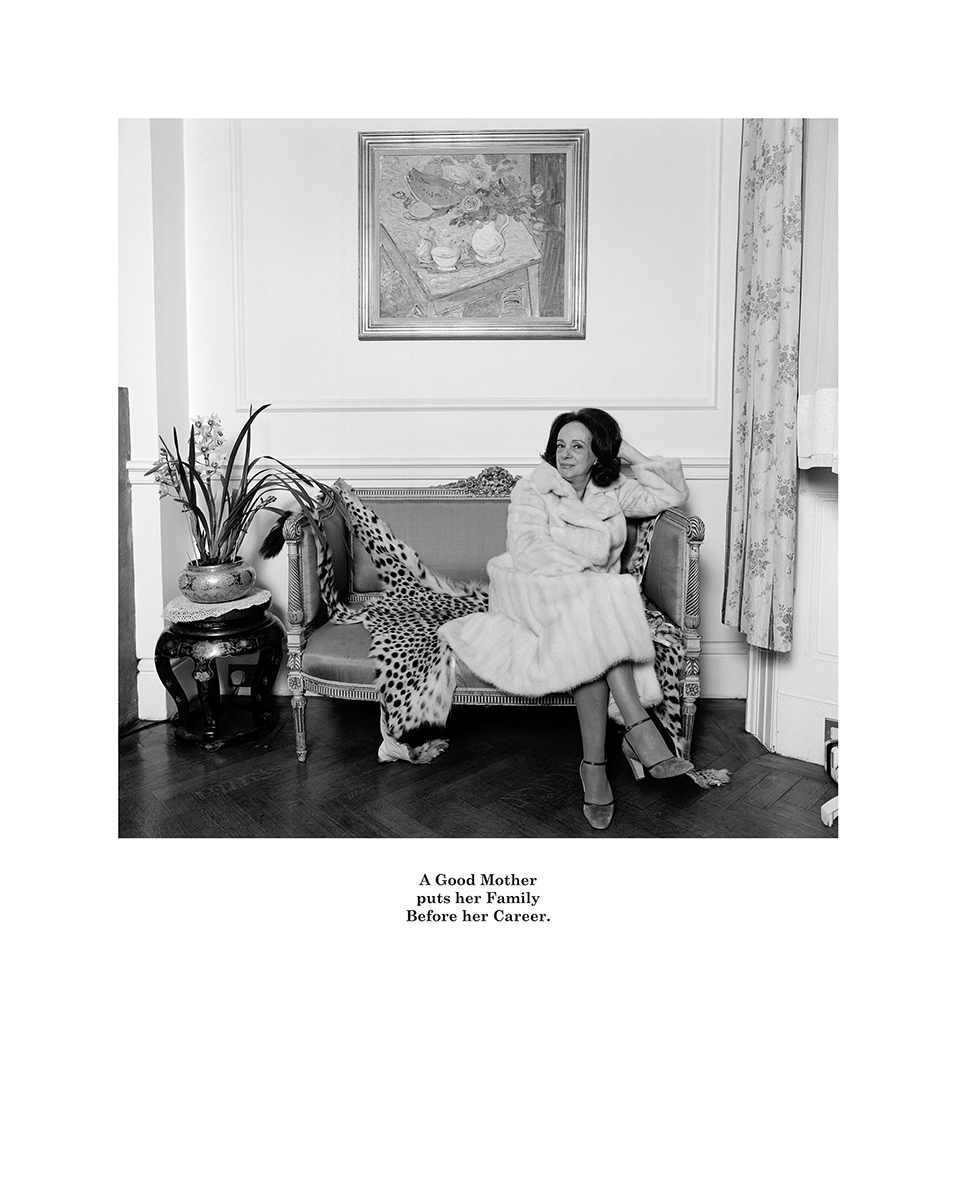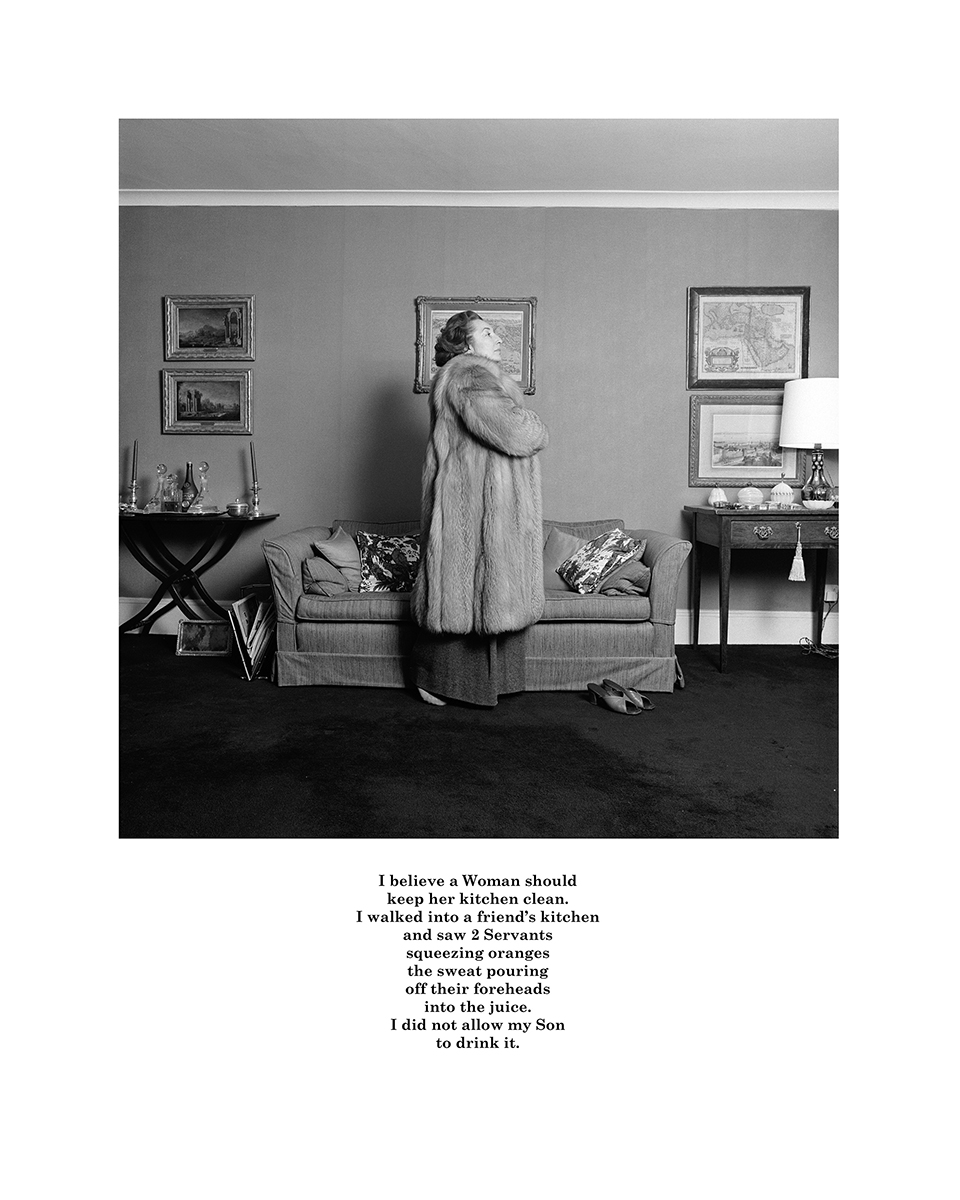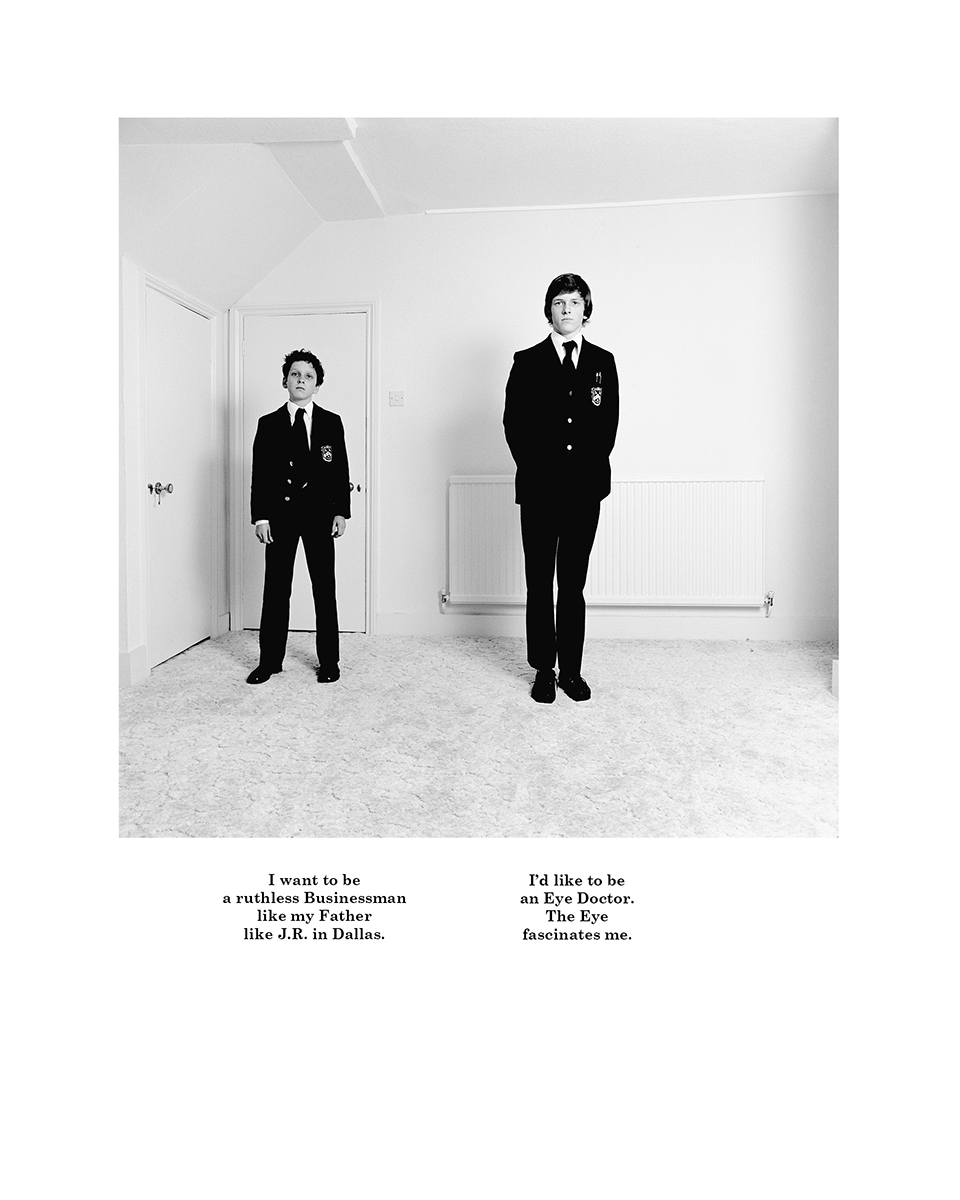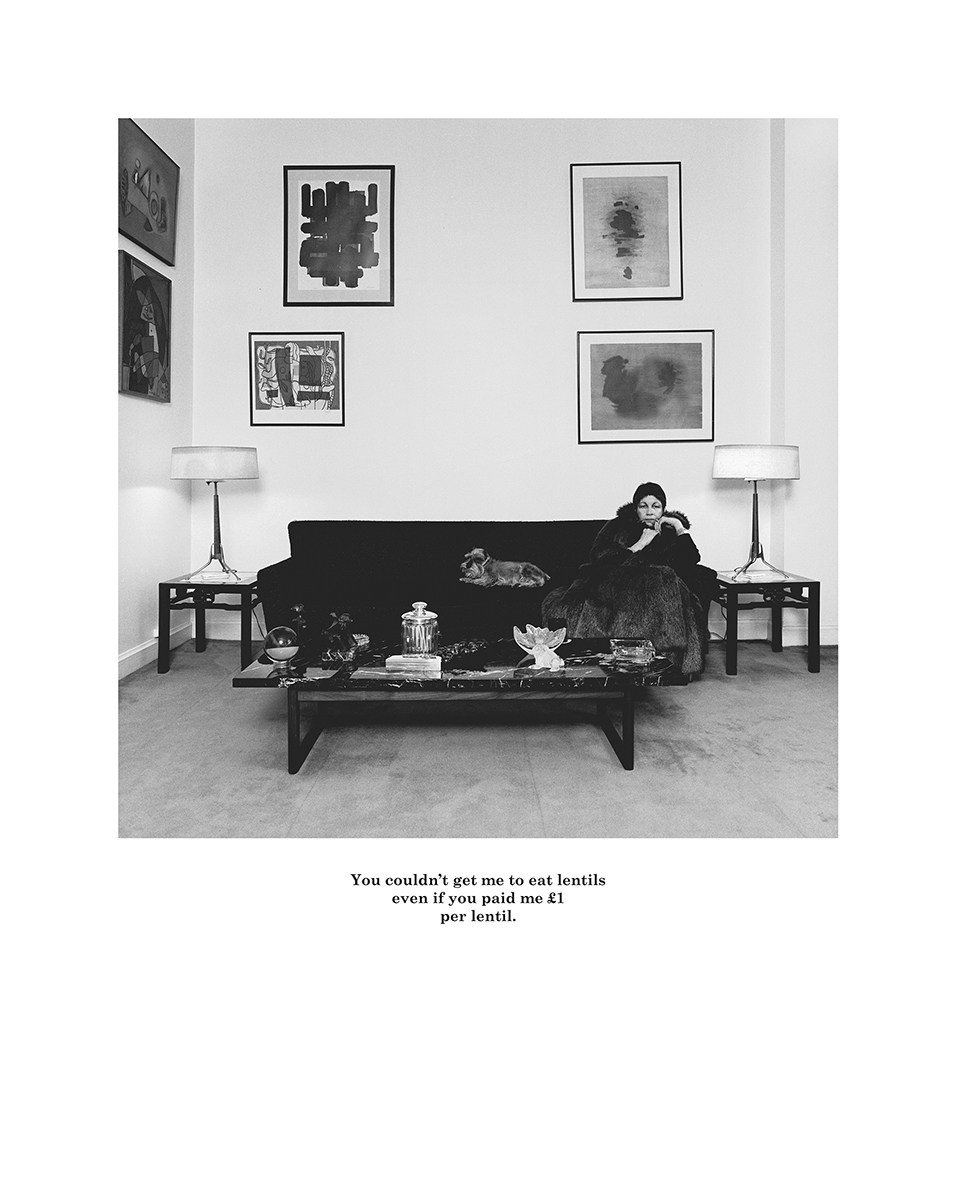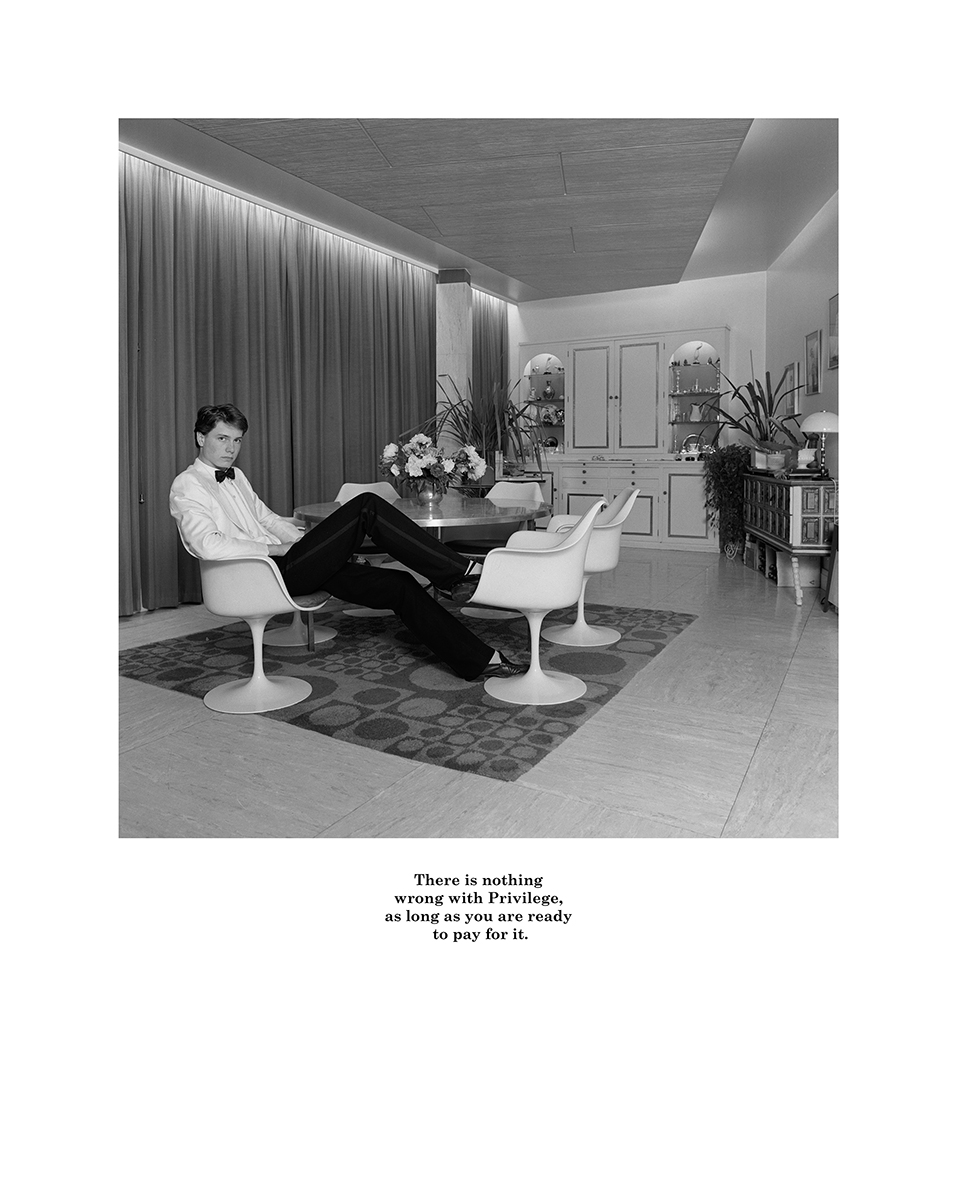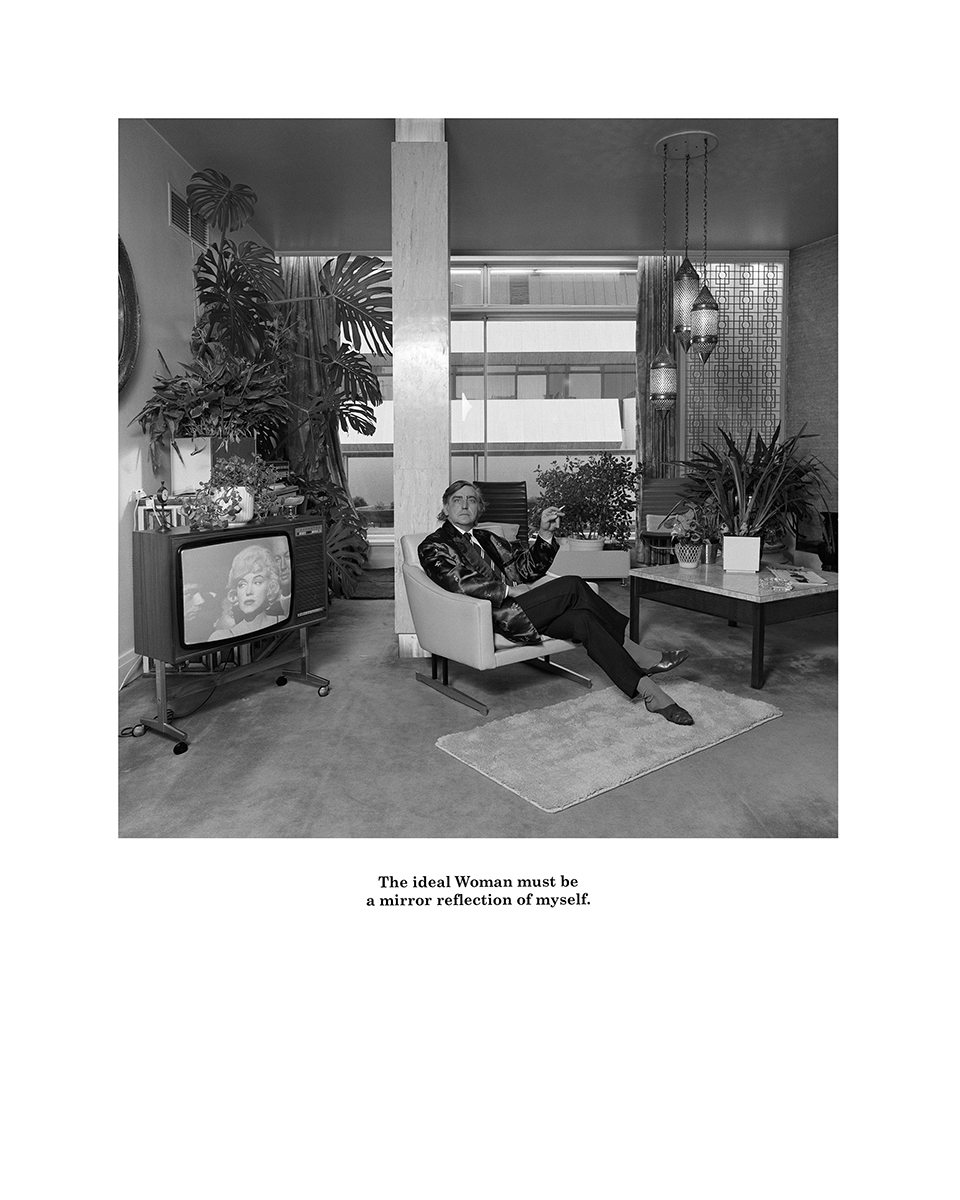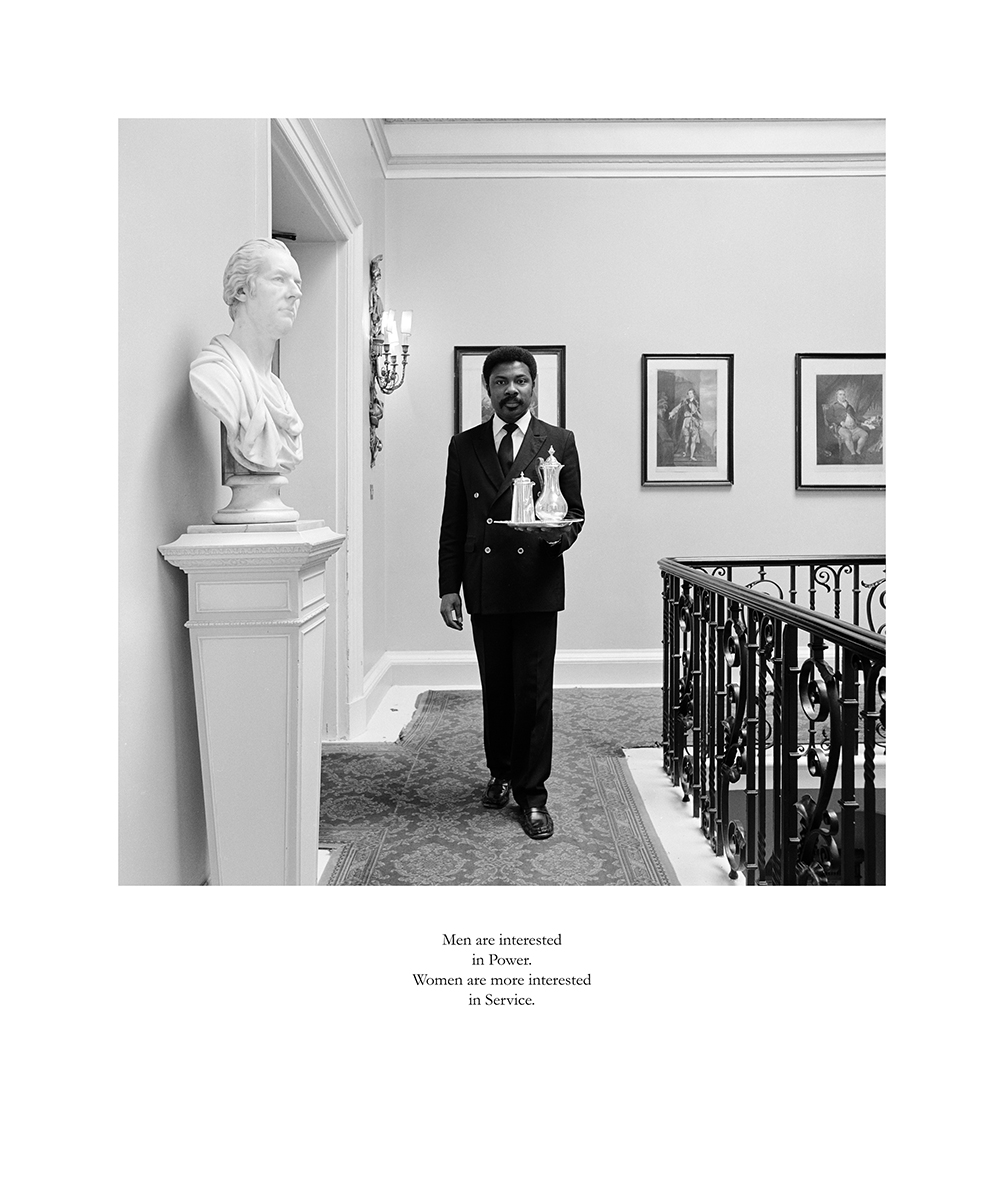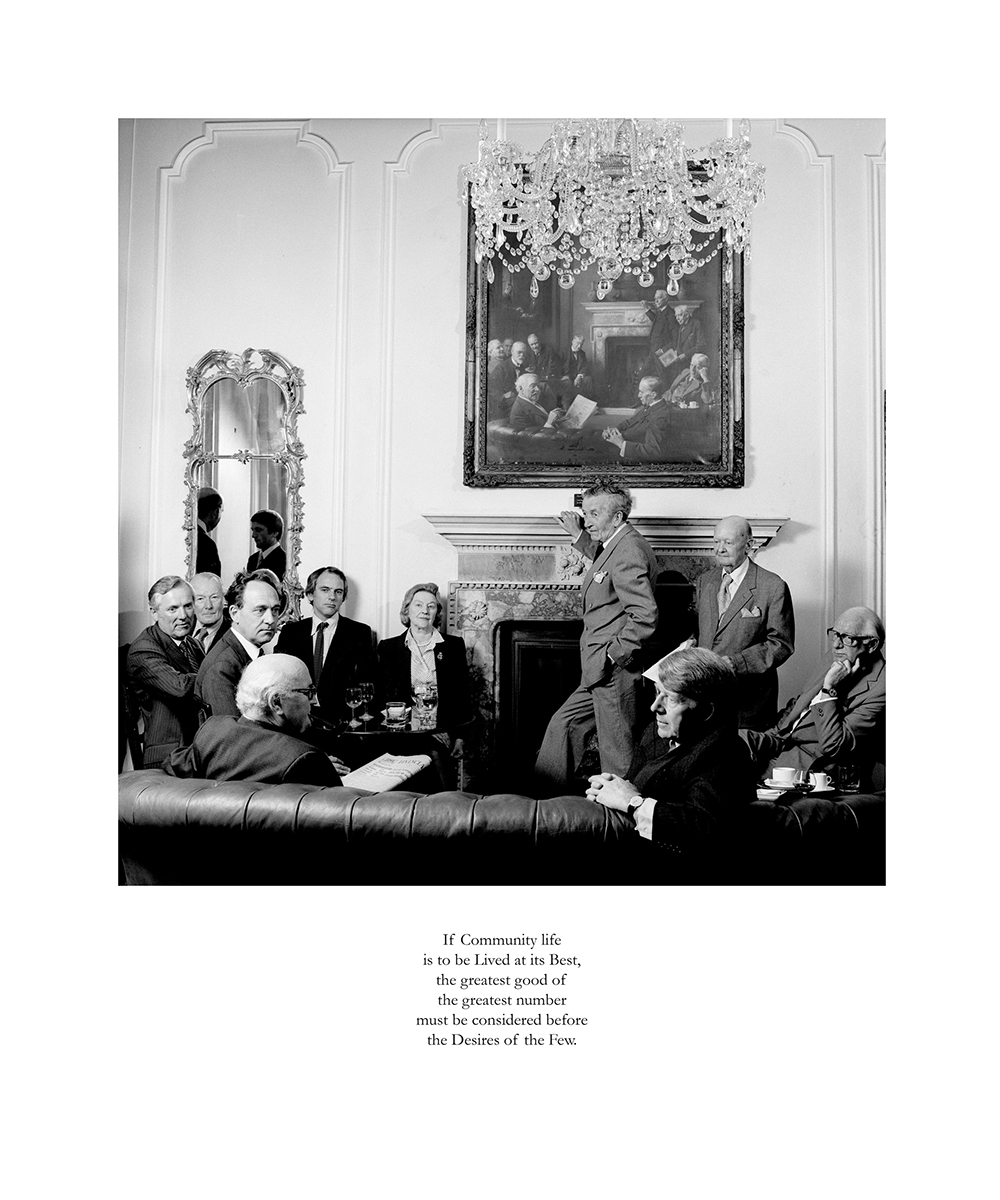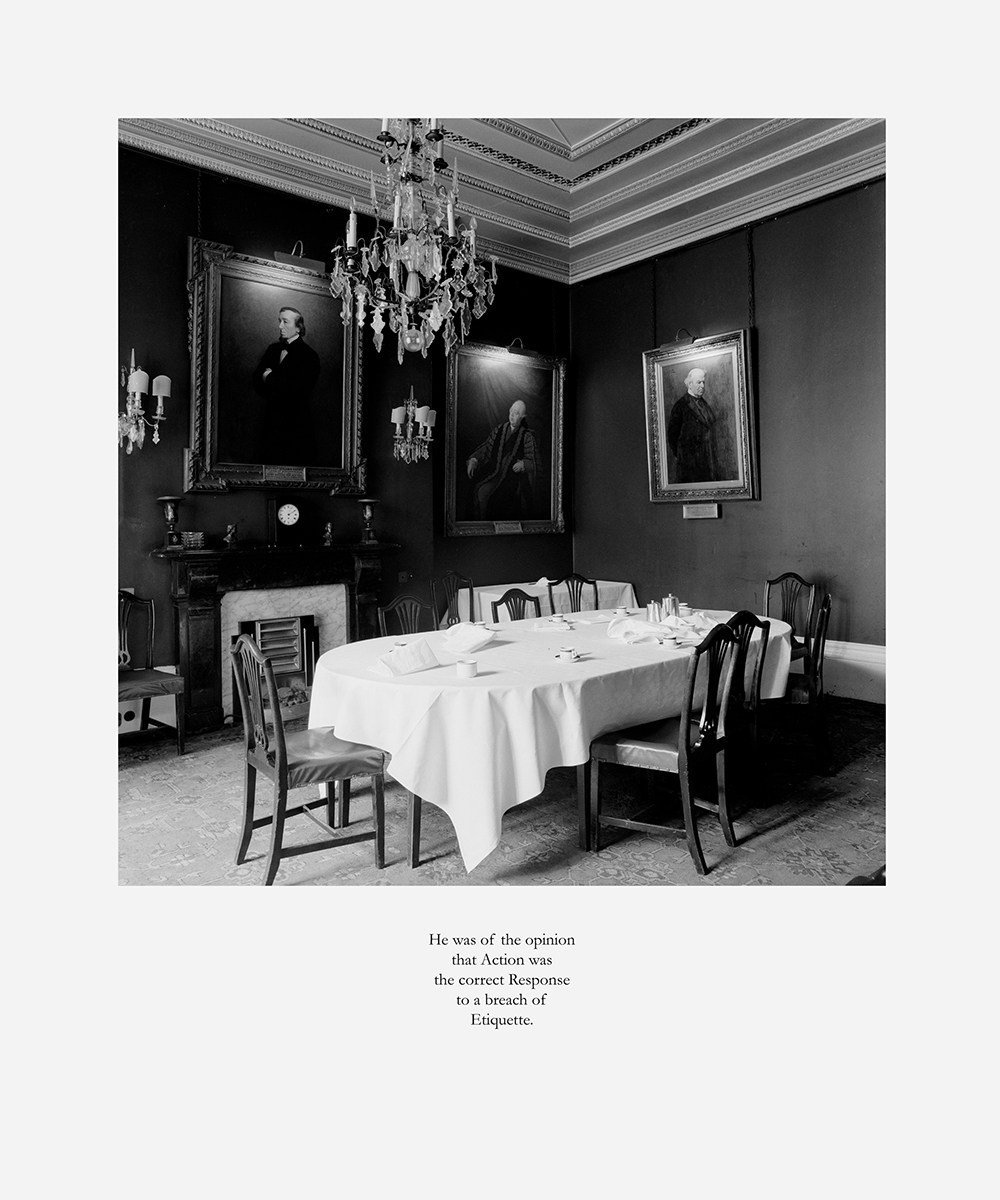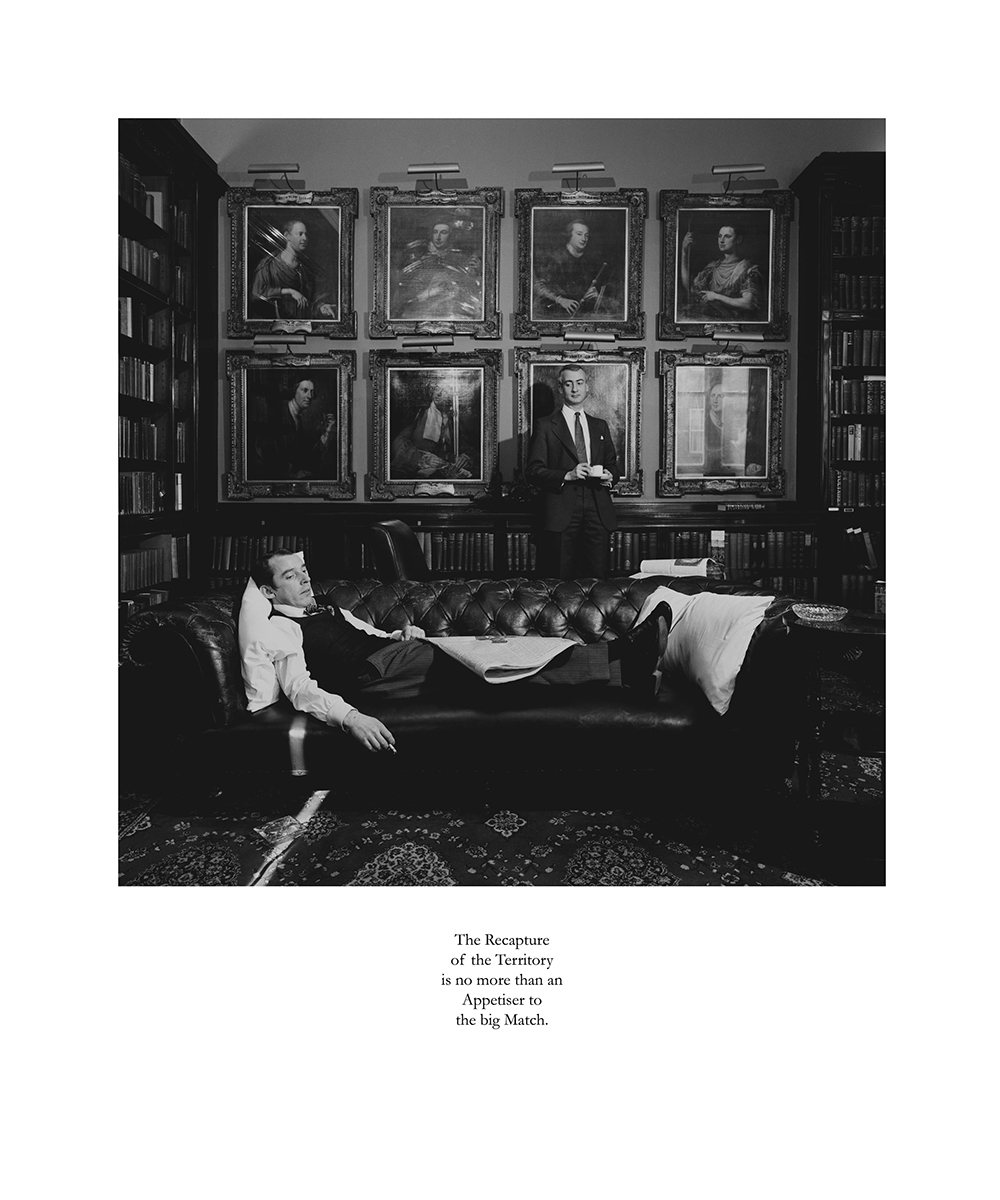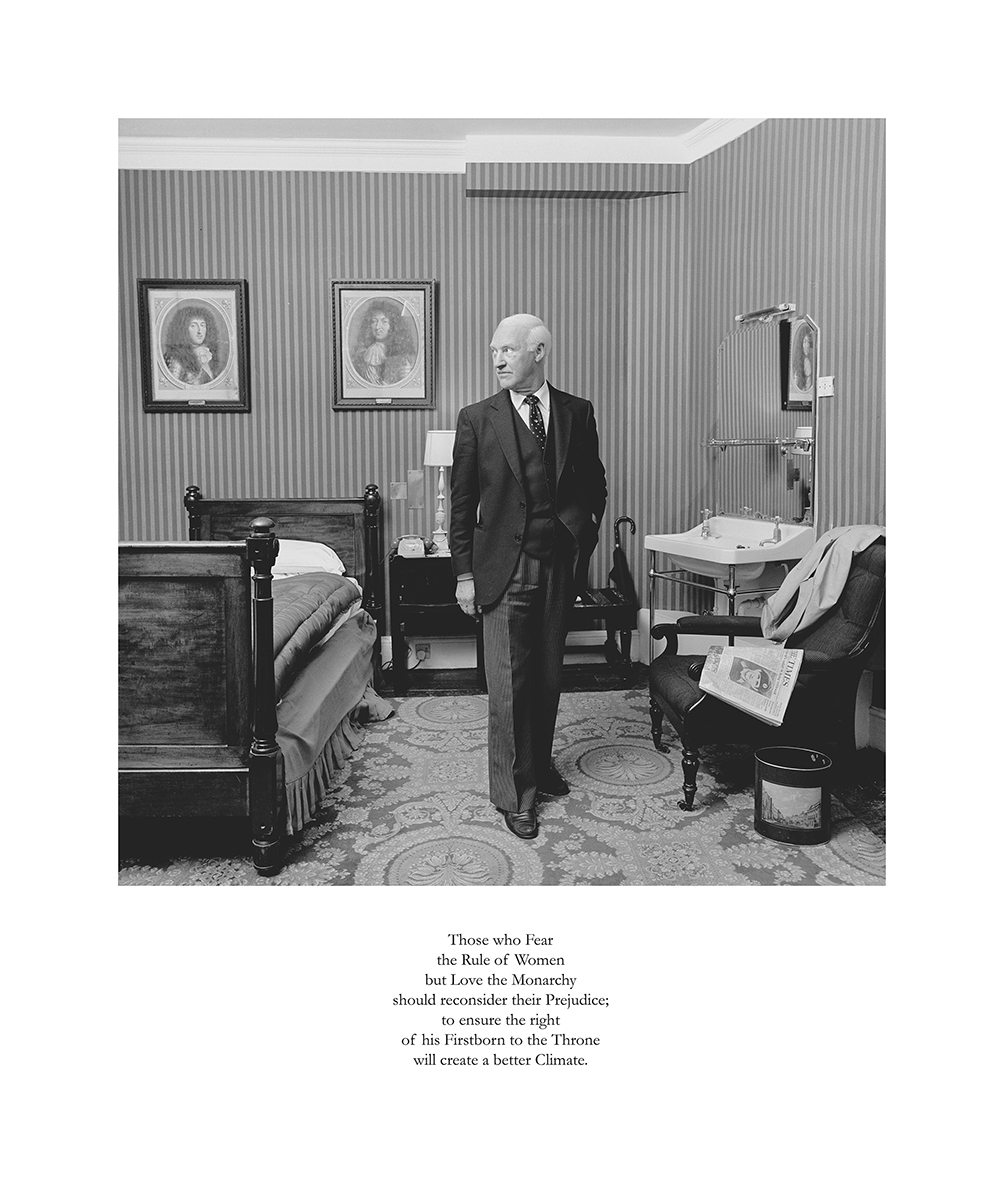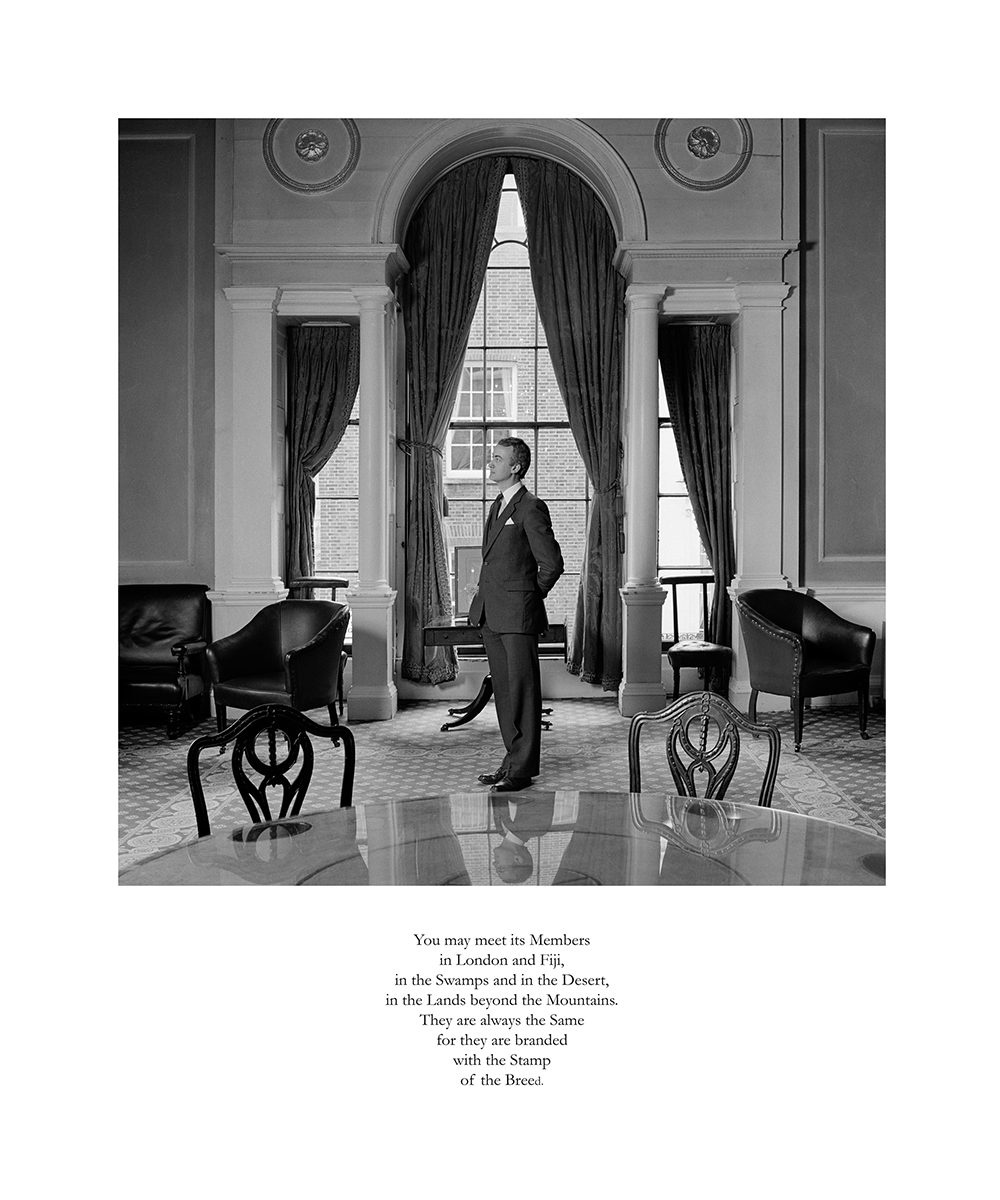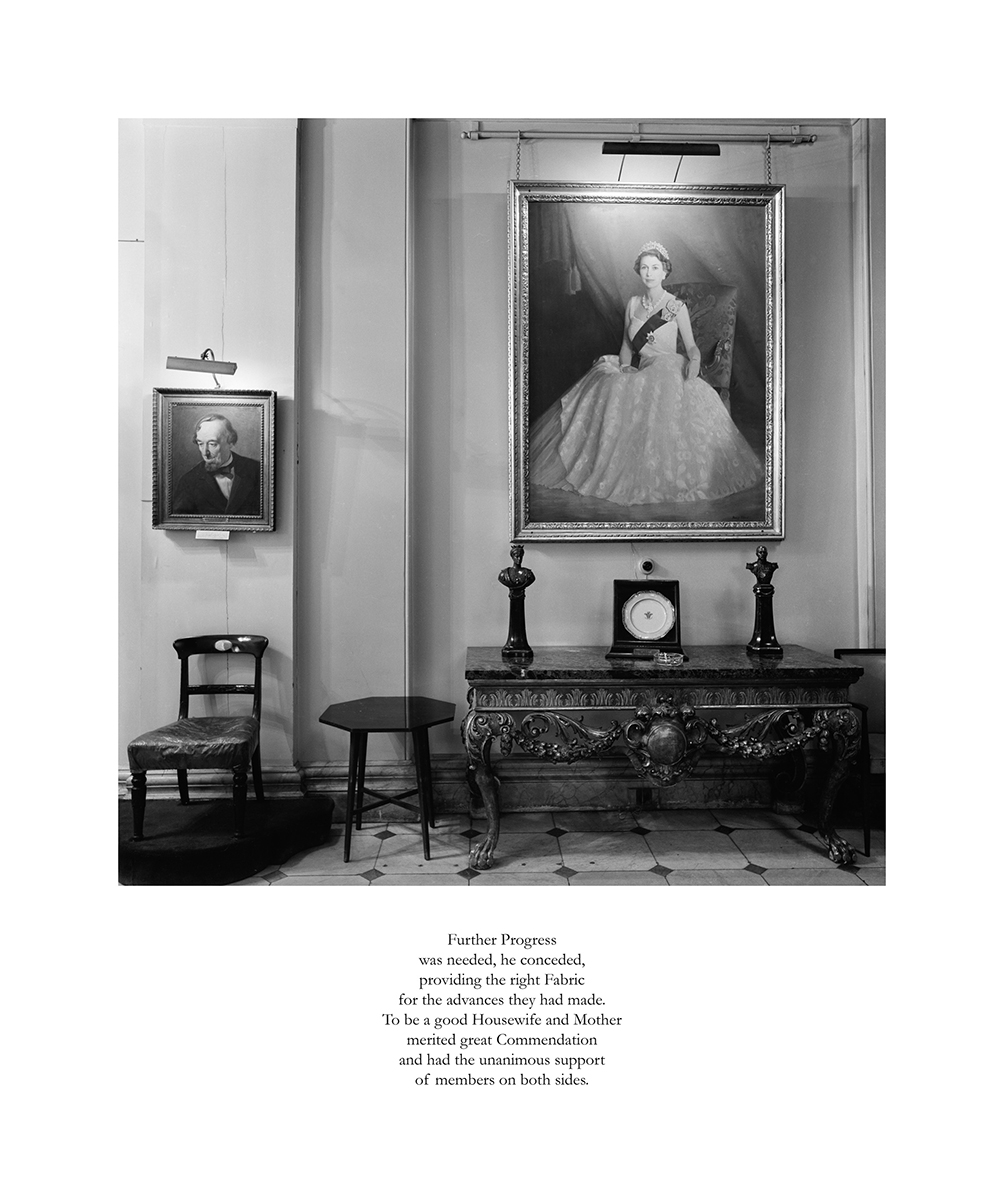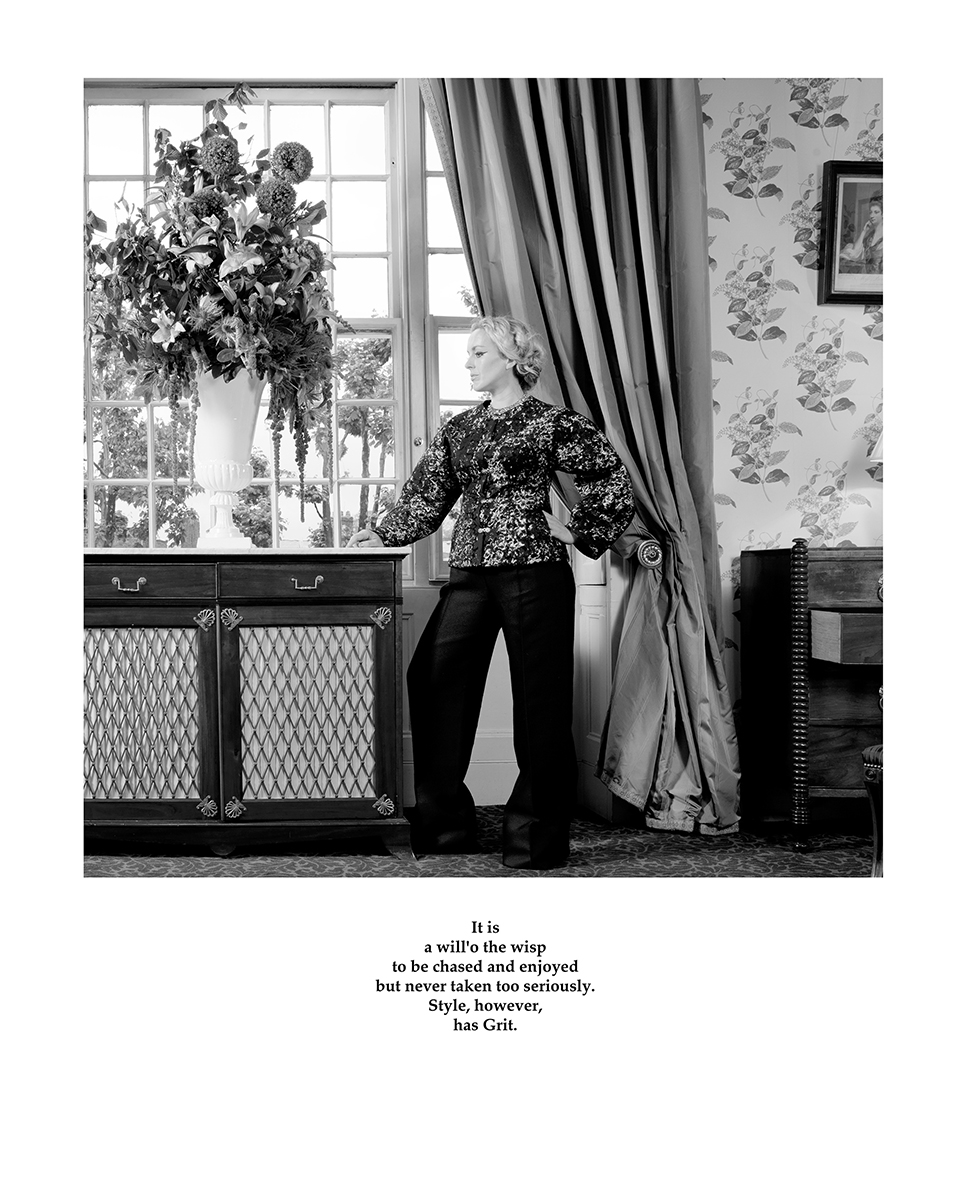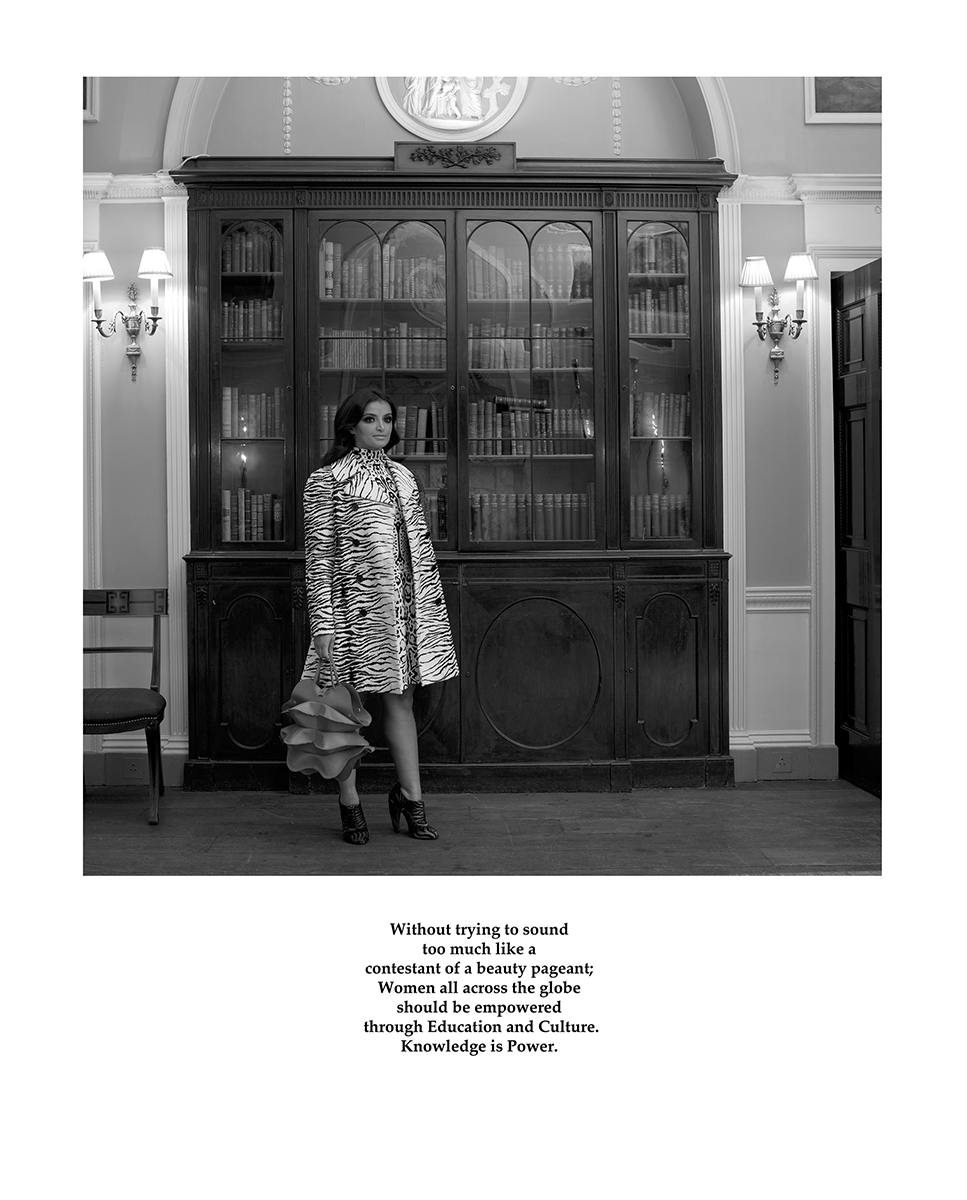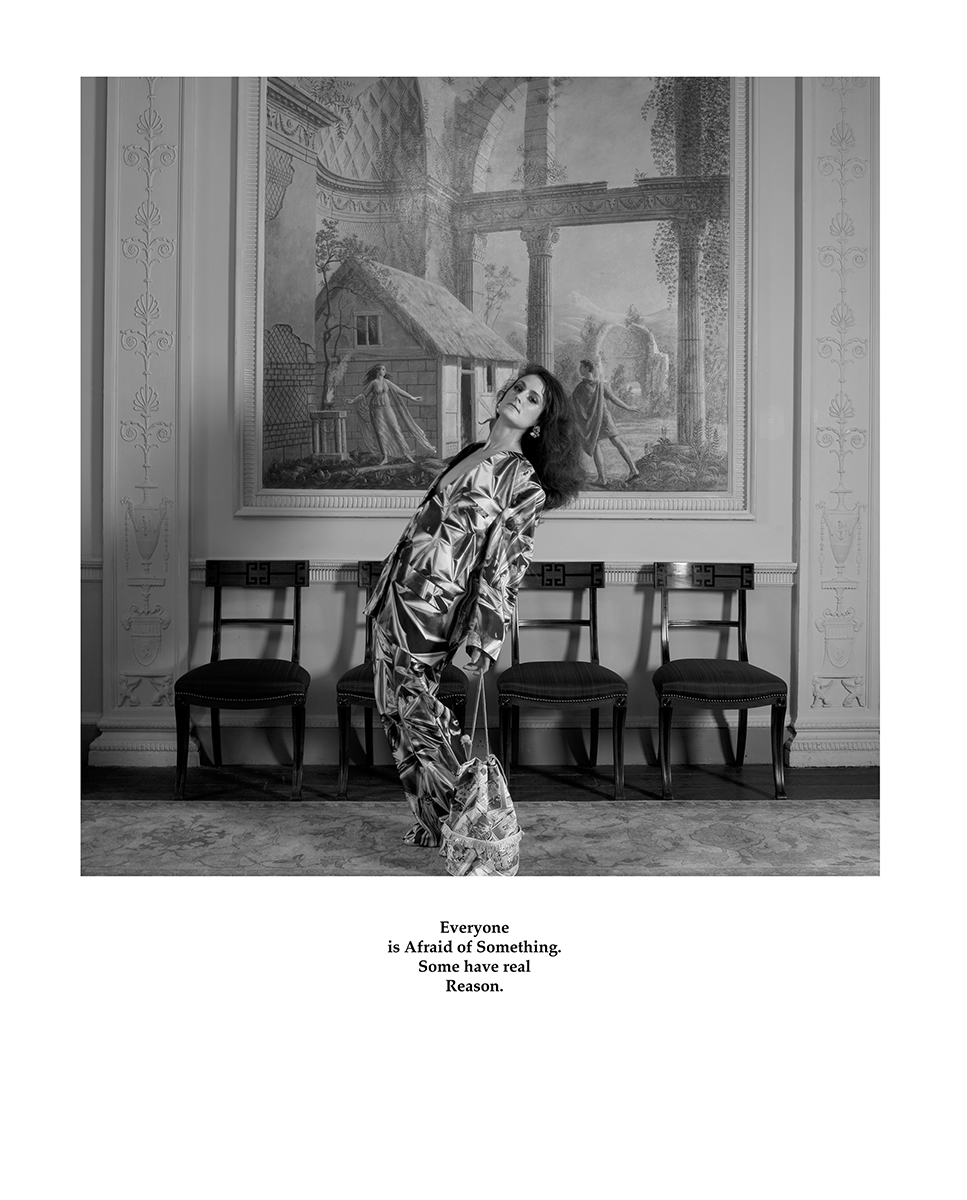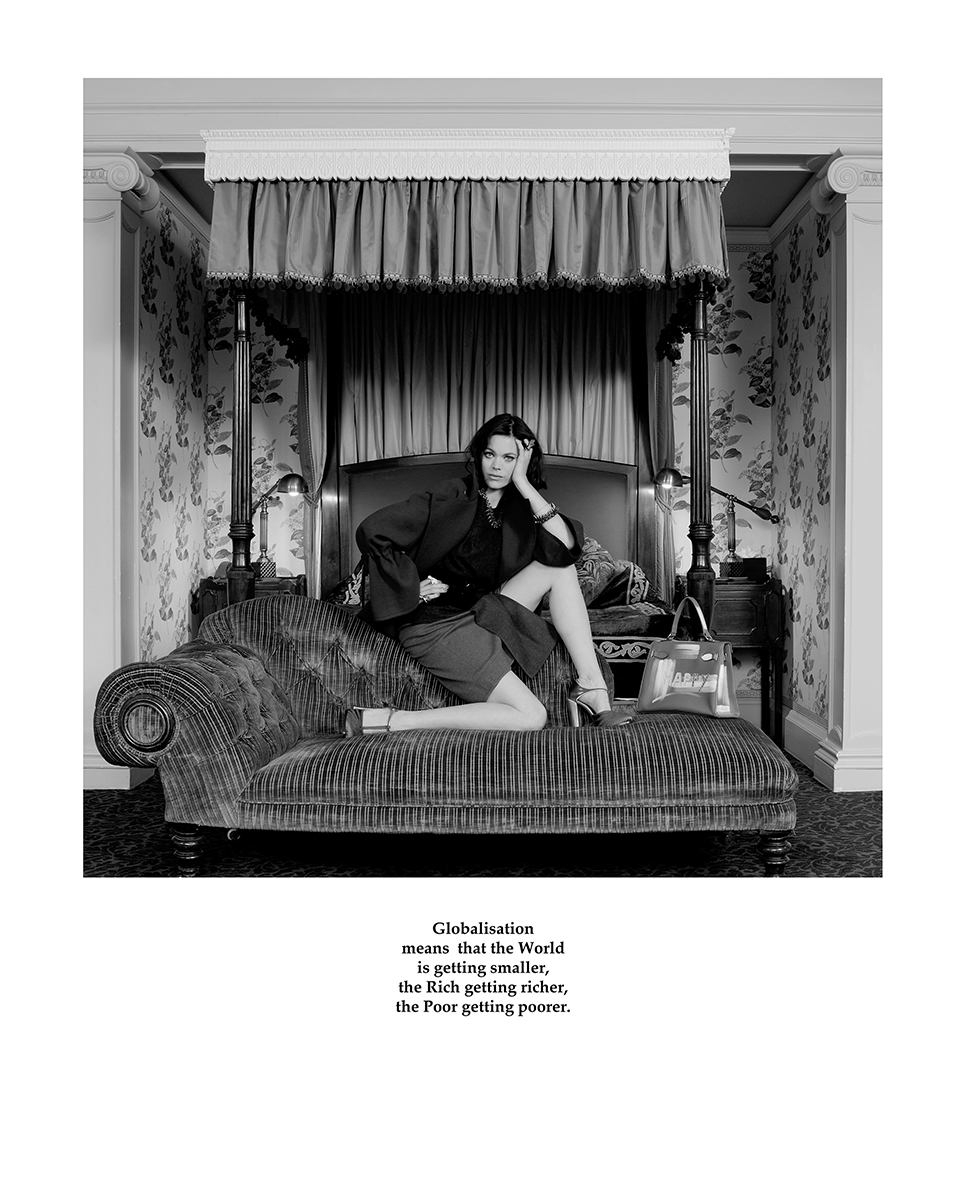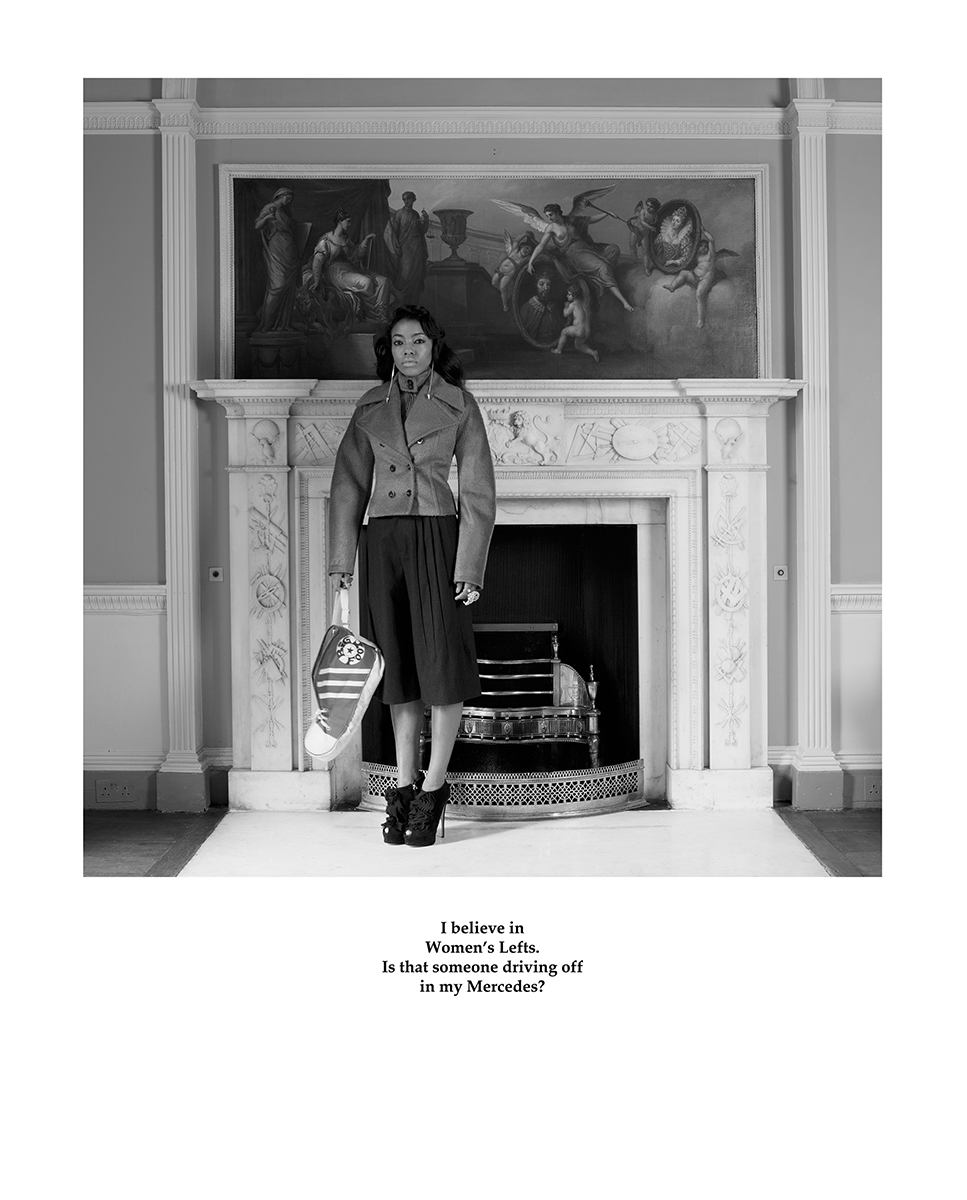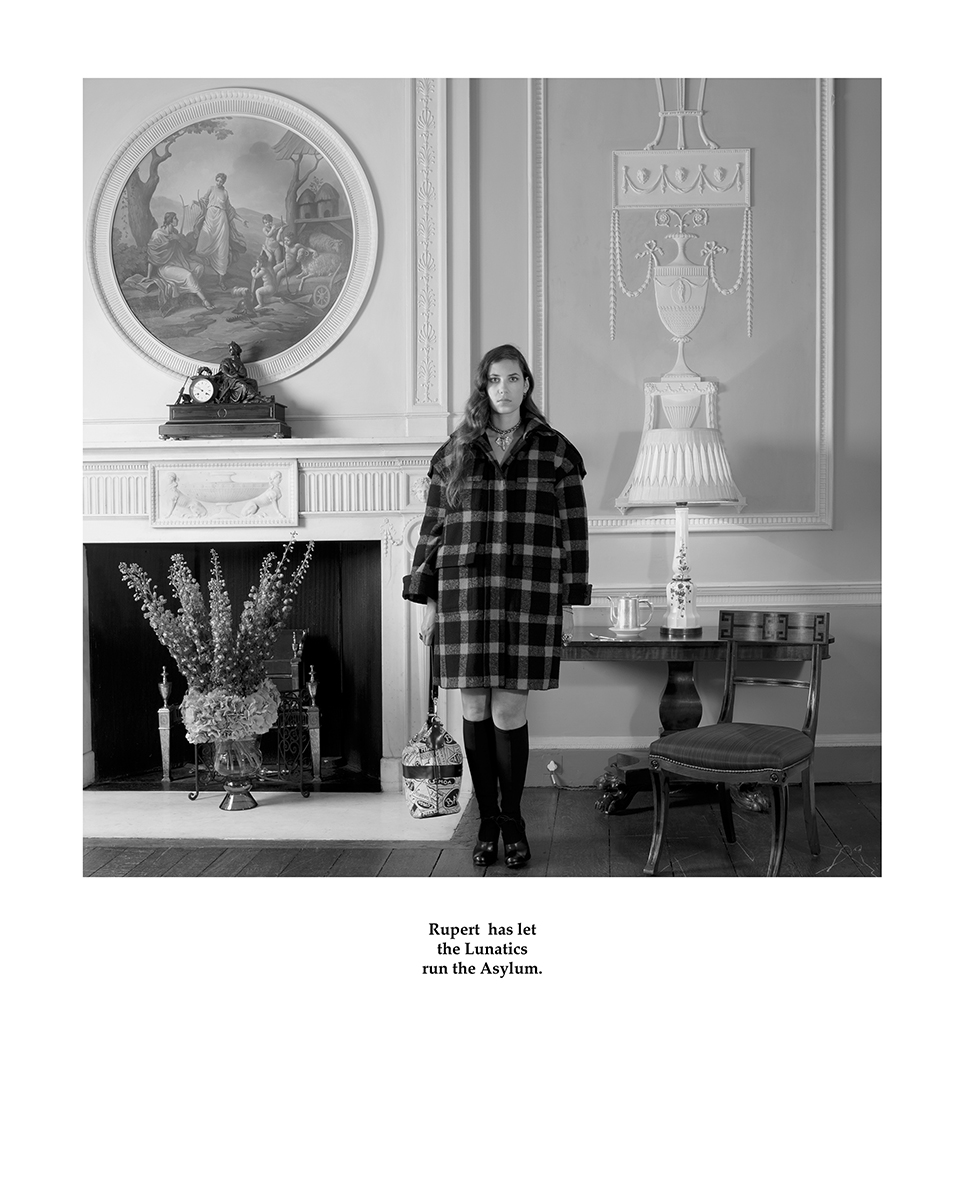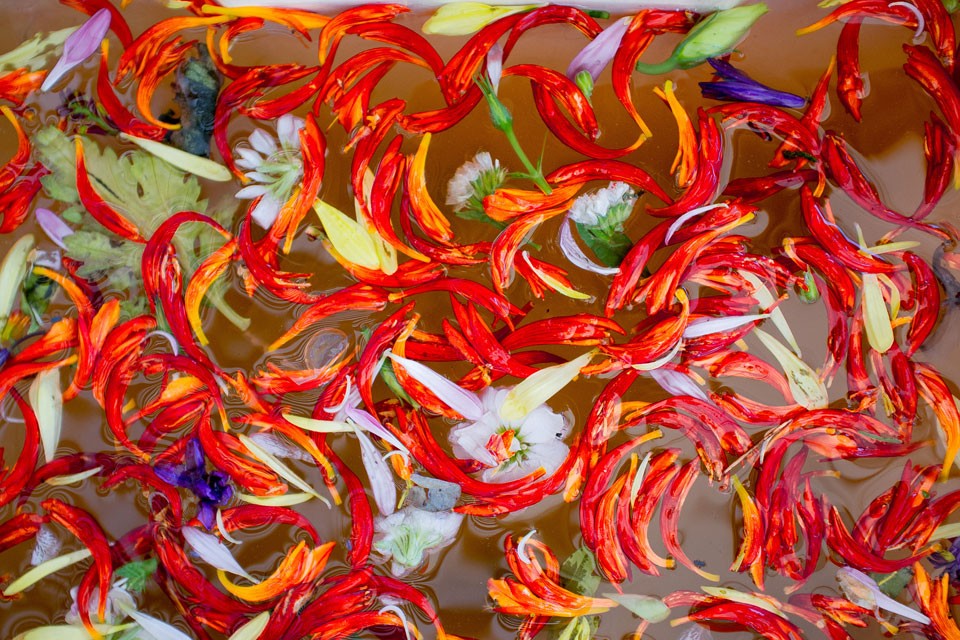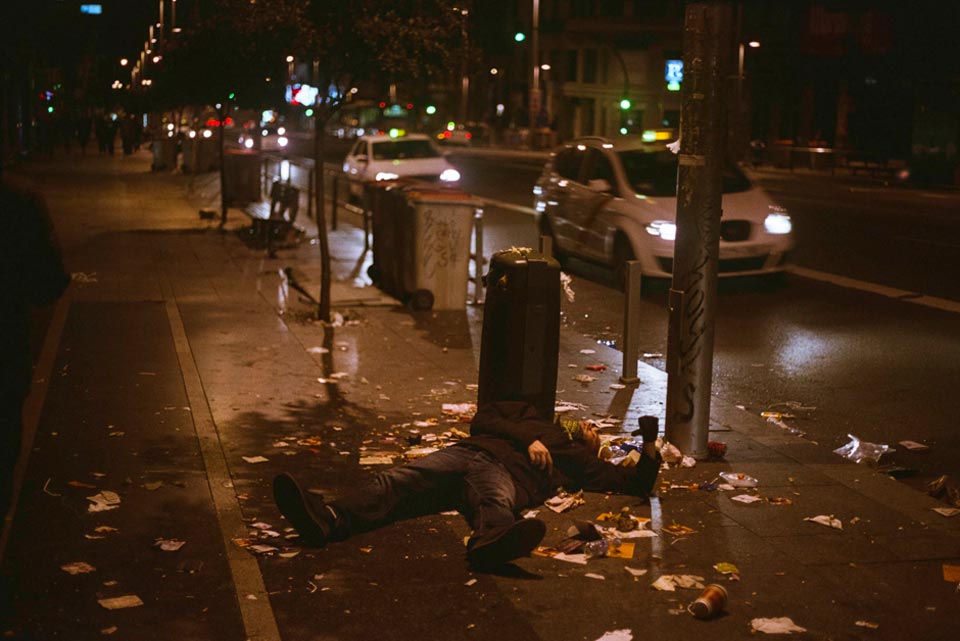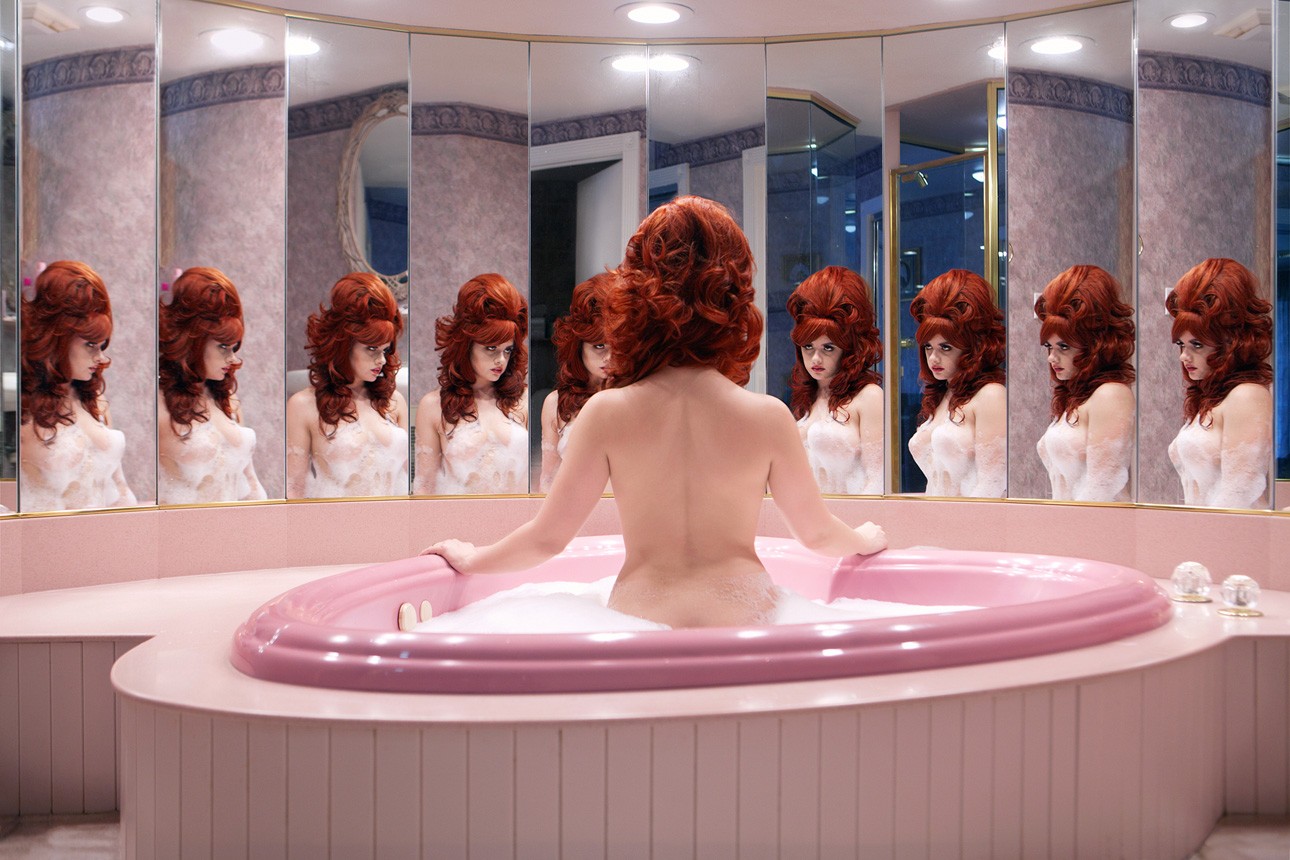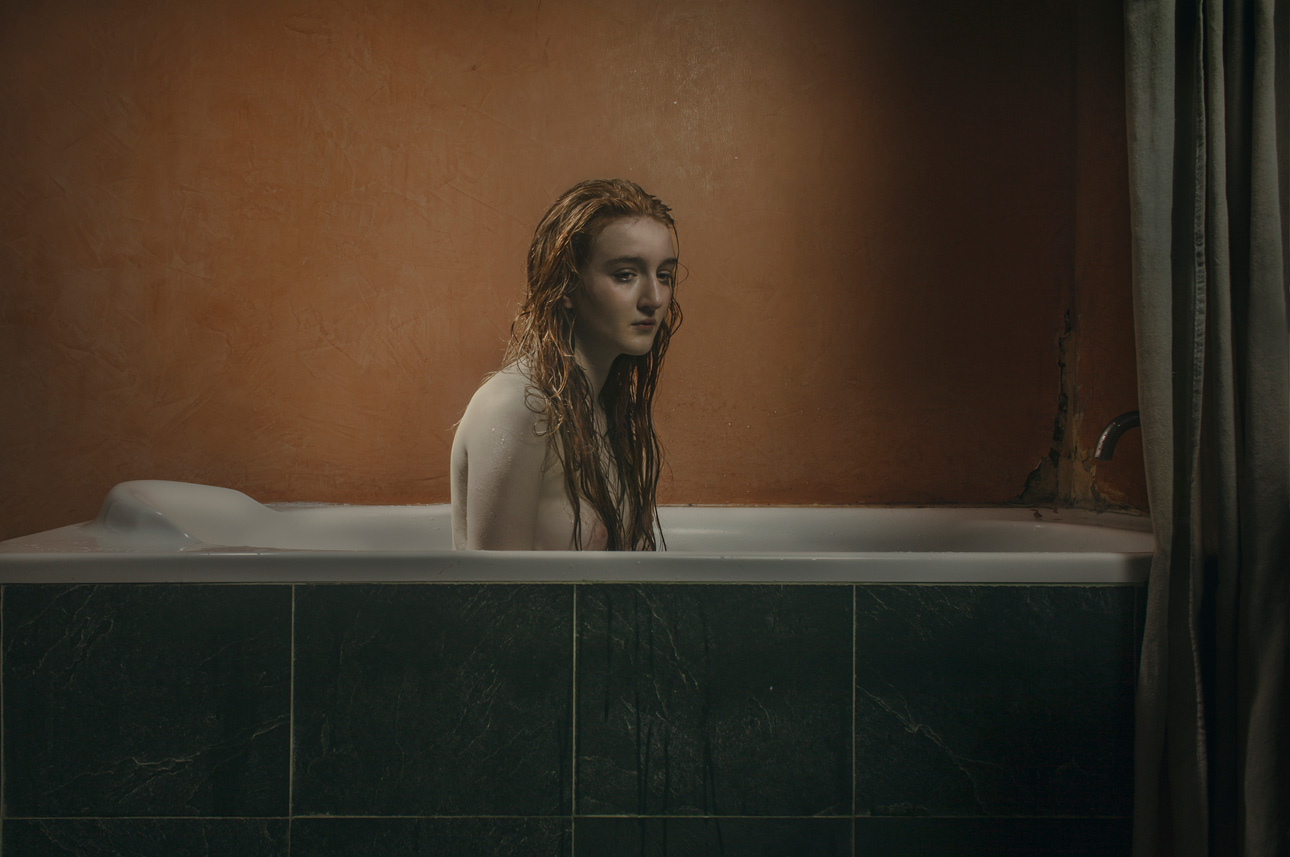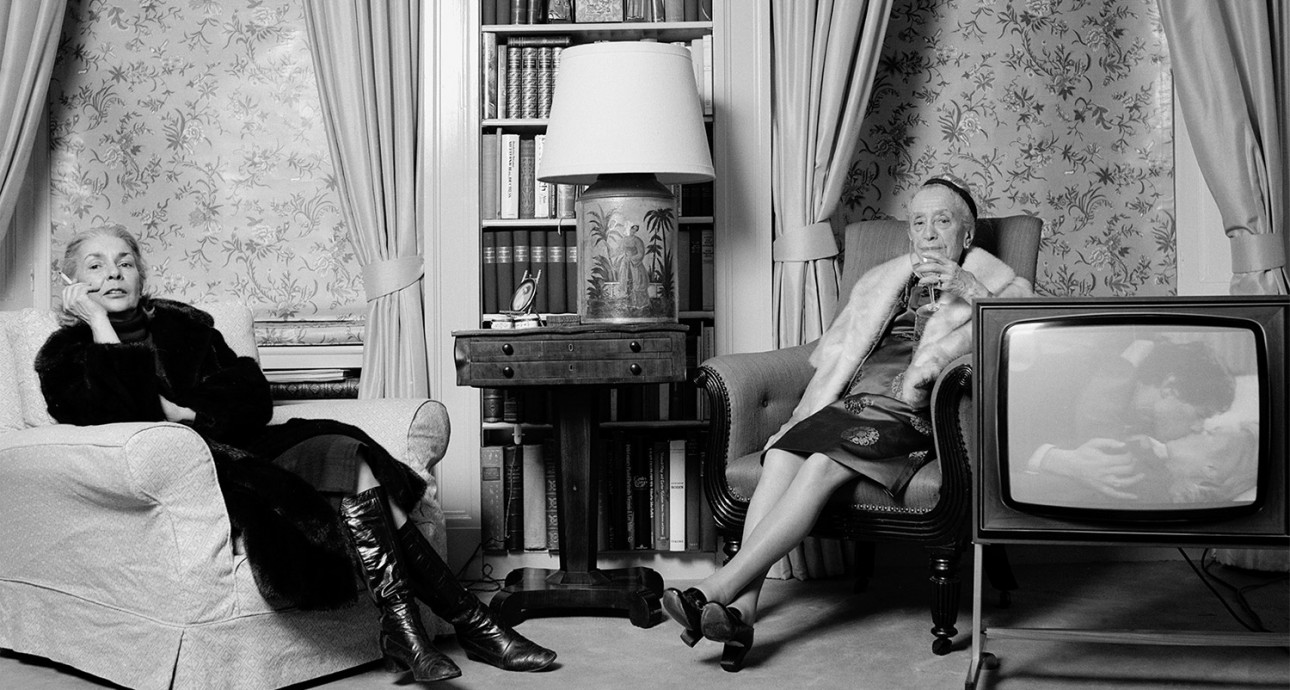
Karen Knorr: You Don’t Imagine How Close English Values and Soviet Life Can Be
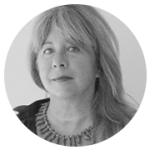
Was born in Germany, grew up in Puerto Rico. In 1980s moved to London, where she started working on social projects. Soon switched to doing conceptual photography. She got famous internationally for her series, Connoisseurs, Fables, and India Song, where the animals are depicted visiting museums, palaces, and temples. In 2011, Knorr went back to her early style to take a series of portraits of independent London female residents, Ladies.
Belgravia, 1979-1981
This is one of my first photo projects, I started it back when I was a student. This is a story of my family, my London friends and neighbors. At the time, our family lived in one of the most fashionable neighborhoods of the British capital, in Belgravia. I wanted to take an ironic look at the residents of central London, including myself, of course. The irony was in the quotes from the interviews I took from my subjects that I added as captions to the photographs. Something like “There is nothing wrong with Privilege, as long as you are ready to pay for it.”
My mom and grandma were my first models. Their photo together is captioned with a quote from my mom: “I live in the nineteenth century, the early nineteenth century. I am fascinated by Napoleon and Metternich, two antagonists.” There was a lot of bitter truth in those words. Mom knew very well that she lived in a world that was detached from reality, and couldn’t do anything about it.
The most surprising thing is that the world of Belgravia has barely changed since the shoot. Some people died, some have moved — but their way of life and views in general have stayed the same. It might be that all of us residents of central London are trying to get away from reality and live beyond time.
The shoot was like a fun game to me, we laughed all the time. Mom chose clothes for the models, was involved in choosing the background for the shoot inside the house, criticized the first photographs. Friends and neighbors were happily posing, chose plots, did many takes of the same scene. I hope that I didn’t torture them too much. When my models saw the photographs, they found them rather beautiful.
Gentlemen, 1981-1983
I shot this project in the closed male clubs in London. The main problem was to get inside there. I wrote letters to the chairmen, official representatives, secretaries — but all of them politely refused. And then one time my friends and I went in a small cafe across from our university, to order a sandwich before classes. And I was complaining loudly about how men’s clubs are inaccessible to women and so on. The owner of the place heard me and told us he knew Lord Falkland, who was a regular at three closed places, and promised to introduce us.
Lord Falkland opened the doors to the most prestigious London clubs to me. Despite his title, he turned out to be a very democratic, unprejudiced and friendly person. It was a very gentlemanly move.
I was allowed to work in the clubs, provided that I’d be invisible when I shot. I most often took pictures early in the morning when the visitors had already gone home, but sometimes I caught those who were still there and talked them into posing for me.
The captions were still the only opportunity to lighten up the mood and introduce some irony to the project. I used quotes from the speeches of MPs here, taking them out of the context of the political discussion of the time. This approach seemed quite appropriate, as many political questions in England are still solved inside the closed clubs.
Ladies
I did this fashion shoot for Pop magazine in 2011. The editor-in-chief and I decided to style it as my early projects, Belgravia and Gentlemen. At first we wanted to only shoot women of non-European background, but later decided on the most rich and influential women of London.
Like in my early projects, I could choose my quotes. And I chose them to make the situations a bit ironic. For instance, the woman who came to the set only with her bodyguard wrote in her questionnaire: “What I fear the most? Moths. They eat my cashmere.” I captioned a photograph of her with this quote.
I did the shoot in a closed club for women, Home House, located in an 18th century building. It is an architectural monument that hosts a private art collection. It used to also host an art college. Both the college and the collection were curated by Anthony Blunt. I don’t know if you remember, but during the Cold War Blunt confessed in spying for Soviet intelligence.
You don’t imagine how close English values and Soviet (or Russian) life can be.
New and best
